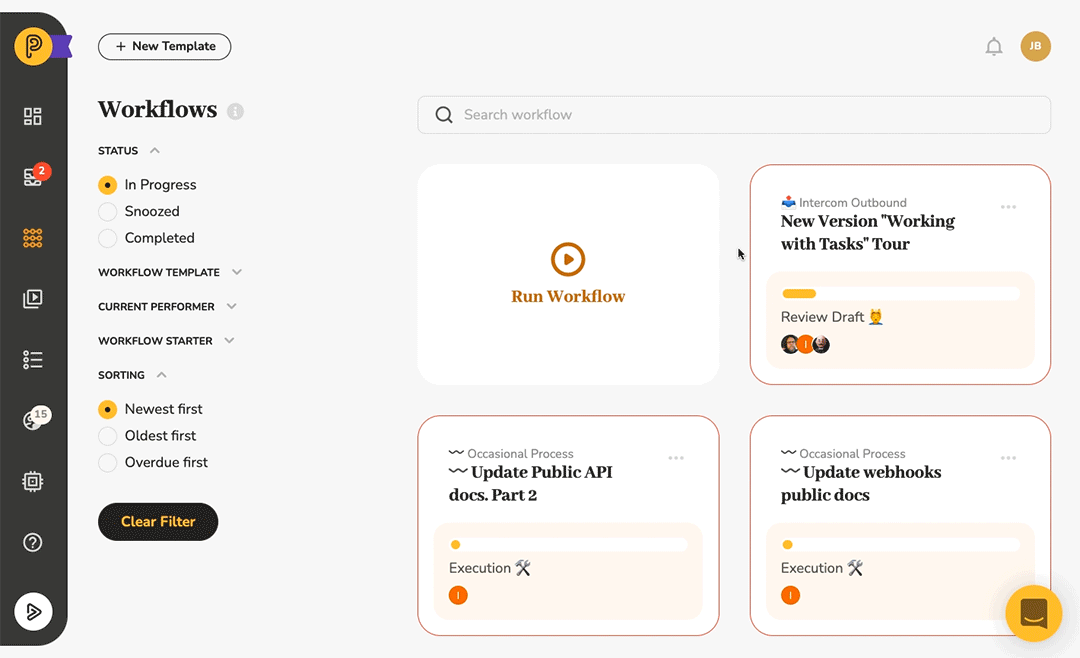
How to Implement a Workflow
Workflow implementation is a critical aspect of business process management that enables organizations to streamline their operations, reduce errors, and improve overall efficiency. In this blog, we will discuss the step-by-step process of implementing a workflow using Pneumatic, a popular workflow automation platform.
Defining a Workflow
Before implementing a workflow, it’s essential to understand what it is and how it can be used in different industries. A workflow is a sequence of steps that defines how a business process is executed. Workflows can be used to automate routine tasks, manage approvals and notifications, and ensure that processes are executed consistently and efficiently.
Identifying the Business Process
To implement a workflow, you must first identify the business process that you want to automate. This involves mapping out the sequence of steps that the process entails, including any tasks that require approvals, notifications, or handoffs. By identifying the business process, you can determine which steps can be automated and which require human intervention.
Creating a Workflow Template
Once you have identified the business process, you can create a workflow template that defines the workflow type, kickoff form, and workflow steps. A workflow template serves as a blueprint for creating new workflows and can be customized to suit the needs of your organization. The kickoff form collects information from the user whenever a new workflow is run, while the workflow steps define what needs to be done to complete the workflow and who is responsible for each step.
Enabling the Workflow Template
Before launching workflows, you must enable the workflow template. Once a template has been enabled, multiple workflows can be launched from it using the Pneumatic graphical user interface or the API. By enabling the workflow template, you can ensure that workflows are launched consistently and in a controlled manner.
Launching Workflows
There are several ways to launch workflows, including via the Pneumatic GUI, a shared kickoff form, or the API. When a new workflow is launched, the first step is assigned to the performers defined in the template, and the workflow can be tracked in the Workflows section of Pneumatic.
Conclusion
Workflow implementation is a crucial component of business process management that can help organizations achieve their operational goals. By identifying the business process, creating a workflow template, and launching workflows, you can streamline your operations, reduce errors, and improve overall efficiency. With Pneumatic, implementing a workflow is a straightforward process that can be accomplished in just a few simple steps.
